How to Explore Chile in Winter on a Budget: My True Feelings & Tips
1. The overall security in Chile is not good. When walking on the street, try not to place your wallet or mobile phone in a conspicuous place, as this can easily attract local criminals, so never let your guard down.
2. Chile is also a “tipping country.” When dining out and settling the bill, you need to give about 10% as a tip, which is usually included in the bill, ranging from 5 to 50 RMB each time.
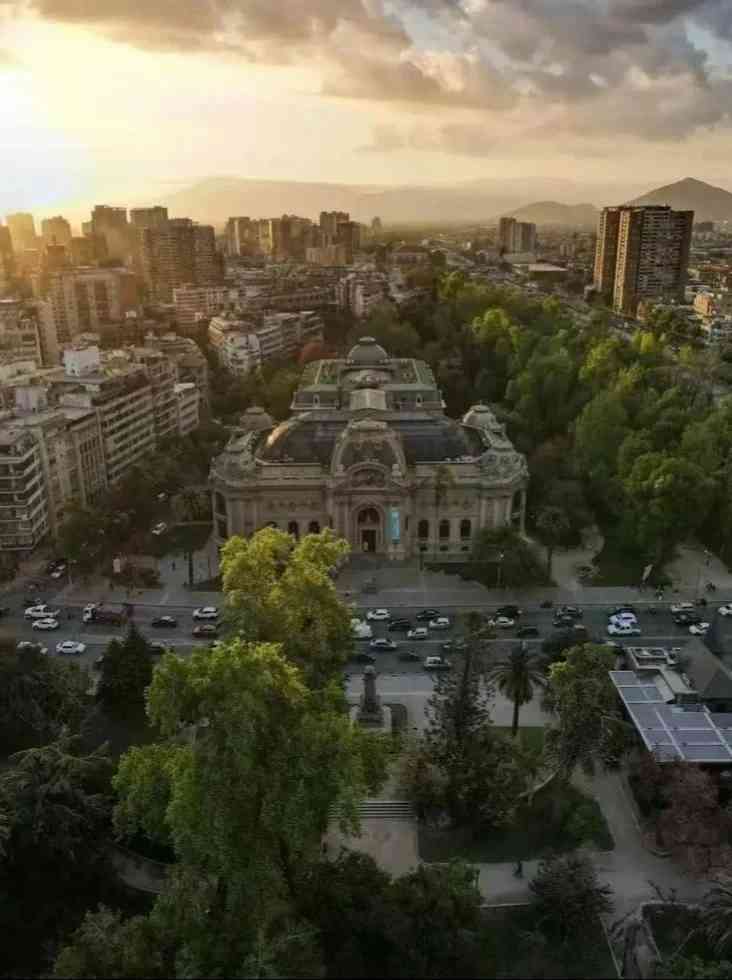
3. The obesity rate in Chile is very high, mainly due to their diet. Chileans have “four meals a day!” They even eat another meal at around 8-9 PM, which makes it easier to gain weight.
4. There are many “pay toilets” in Chile, with each use costing between 250 to 500 Chilean pesos (about 1 to 3 RMB), and they generally only accept cash.

5. The penalties for “driving without a license” in Chile are very strict. Not only will the vehicle be confiscated, but the driver will also be required not to retake the driving test for 5 years.
6. Chile has excellent public transportation infrastructure. If you take the bus again within 2 hours, it is free.

Additionally, if you transfer to the metro, you can pay the difference.
7. Santiago’s metro lines are extensive, but the fare is quite expensive. A trip during the day costs 610 Chilean pesos (about 4.5 RMB), and at night, it increases to 690 Chilean pesos (about 5.1 RMB), regardless of the distance.
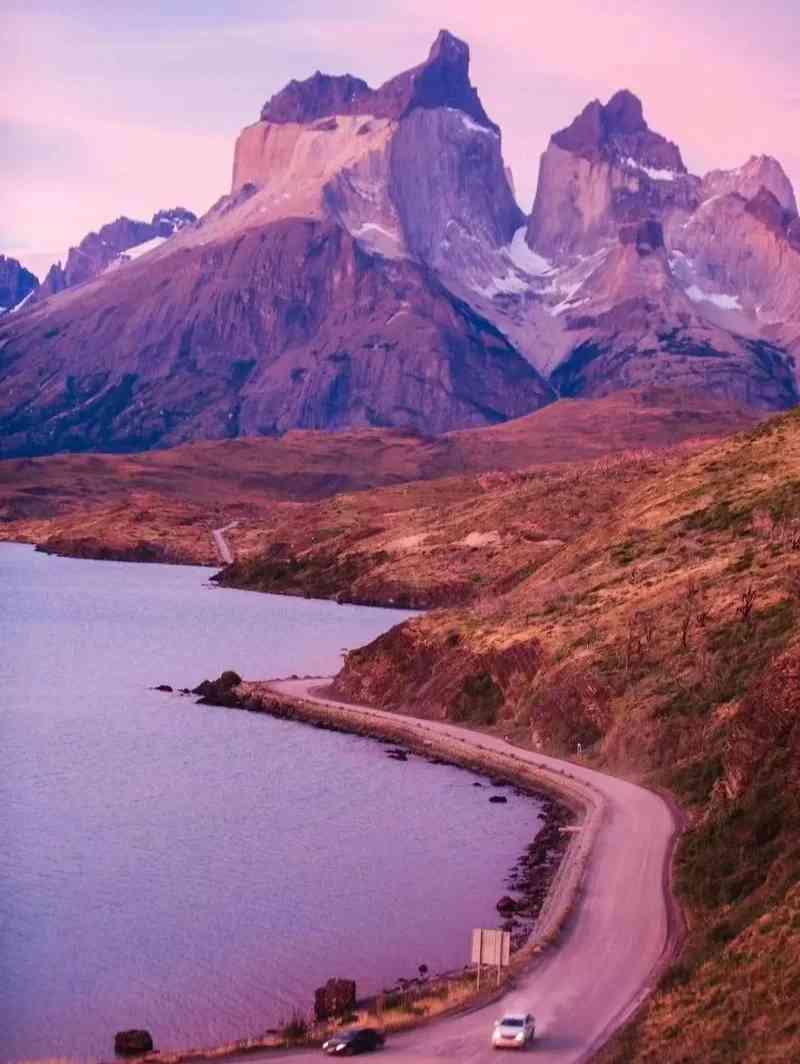
8. The local bus routes are abundant. Inside the buses, there are not only seating areas but also standing areas and designated areas for disabled people.
9. Taxis in Chile are very common, but the starting fare is only 500 Chilean pesos (about 3.7 RMB) per kilometer. Taking a taxi in the city will not cost more than 5000 Chilean pesos.

10. The quality of education in Chile is very high compared to the rest of South America. Local children receive free education from primary to high school, and they are also provided with “free lunch” or “lunch subsidies.”
11. Most Chinese restaurants in Chile are operated by Chinese and Chinese immigrants.
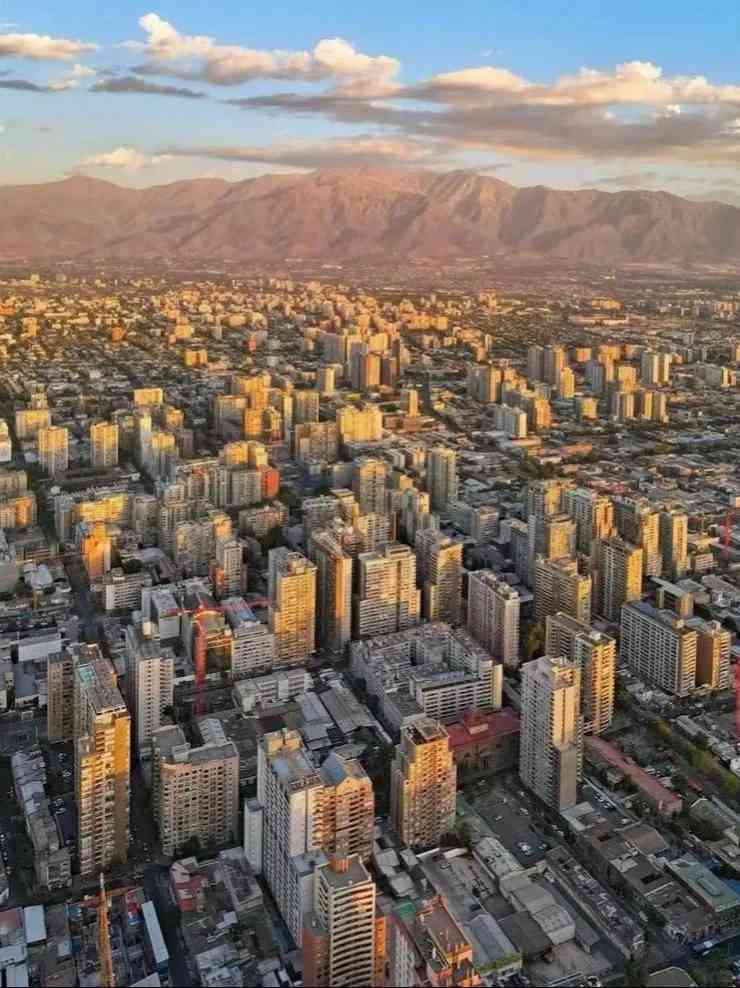
However, to cater to the local taste, they make some modifications, but the dishes are still quite similar to those in China. Popular dishes include “rice with toppings, fried rice, and stir-fried noodles,” and Sichuan cuisine is also very popular among Chileans and tourists.
12. Renting a house in Santiago, the capital of Chile, although the conditions and location of the houses are good, the service fees charged by real estate agents are very high!
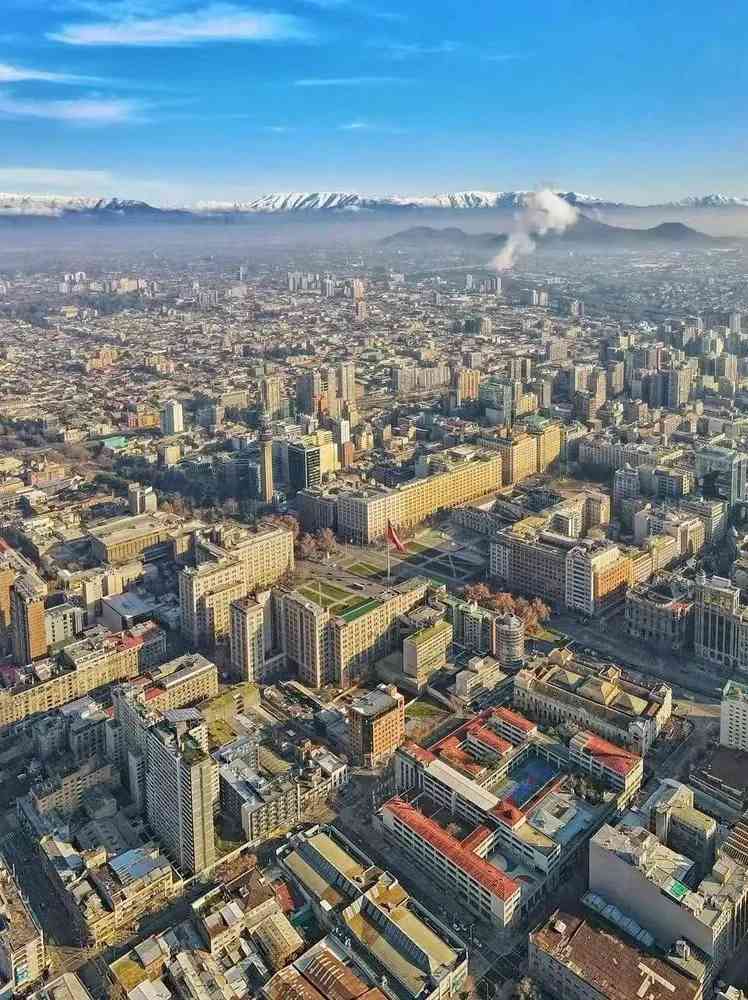
Their charging standard is based on the length of the tenant’s stay; the longer the stay, the higher the agency fee. For 3 months, they charge about 40% of the rent, and for 5 months, they charge 45%. Moreover, the listed rental prices are often not the actual price.
13. Chile is the world’s largest blueberry exporter, the second-largest cherry exporter, and the third-largest apple exporter.
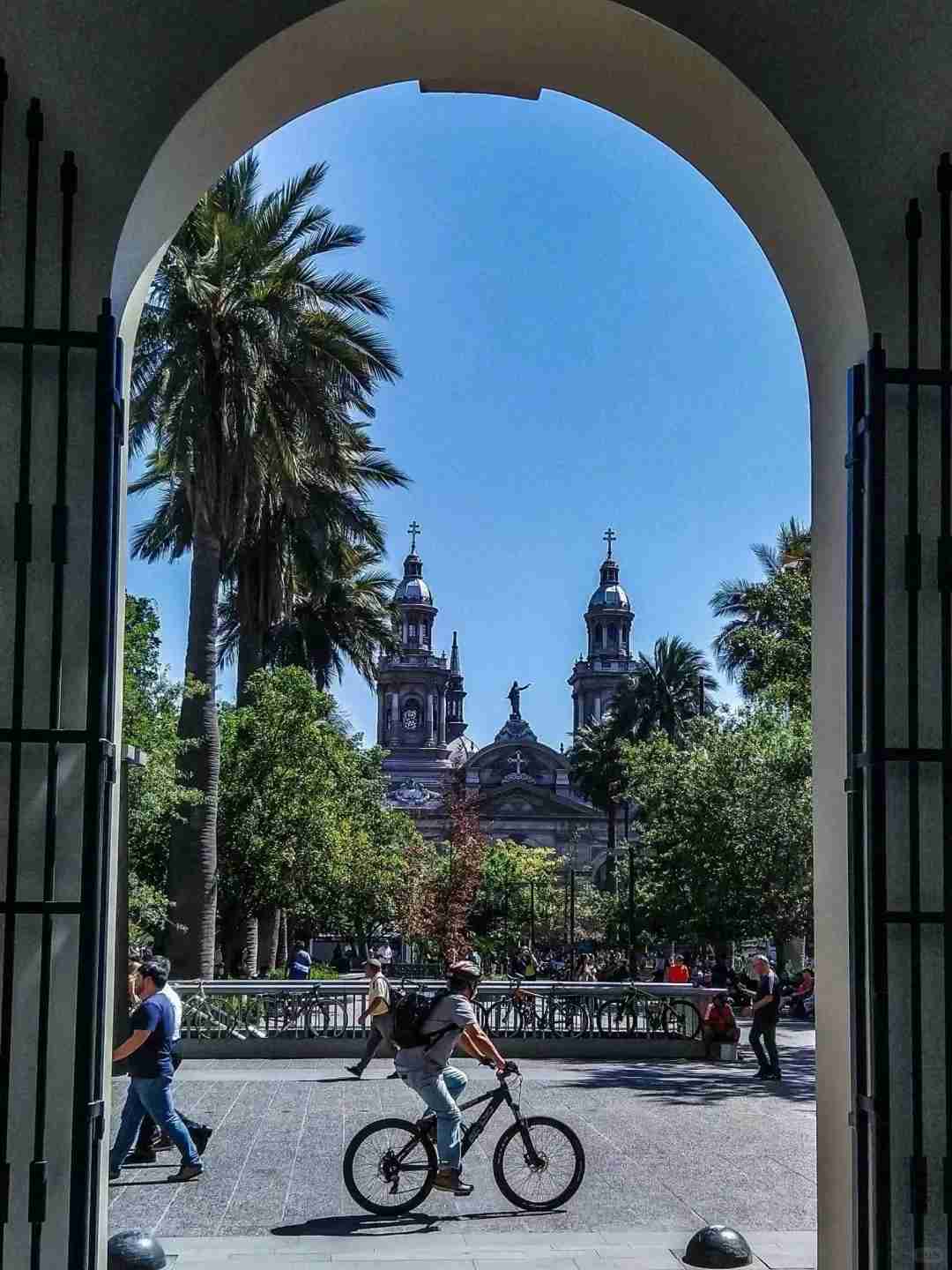
14. Chileans generally do not have many life aspirations.
As soon as their paychecks hit their bank accounts, they eagerly head out to indulge in some retail therapy, only to return to work once their wallets are empty.
In Chile, the tap water is safe to drink, but its flavor is a bit of an acquired taste. It often carries a subtle, somewhat “disinfectant-like” note that can be quite distinctive.
Chilean wine is celebrated globally, and the locals take great pride in their rich viticulture. The region is dotted with numerous wineries, and the consumption of wine is a significant part of the local culture.
If you plan to send a postcard back to China after your visit to Chile, you’ll need to purchase stamps at the local post office. Be prepared, though, as most of the staff there speak Spanish, and English may not be widely understood.

